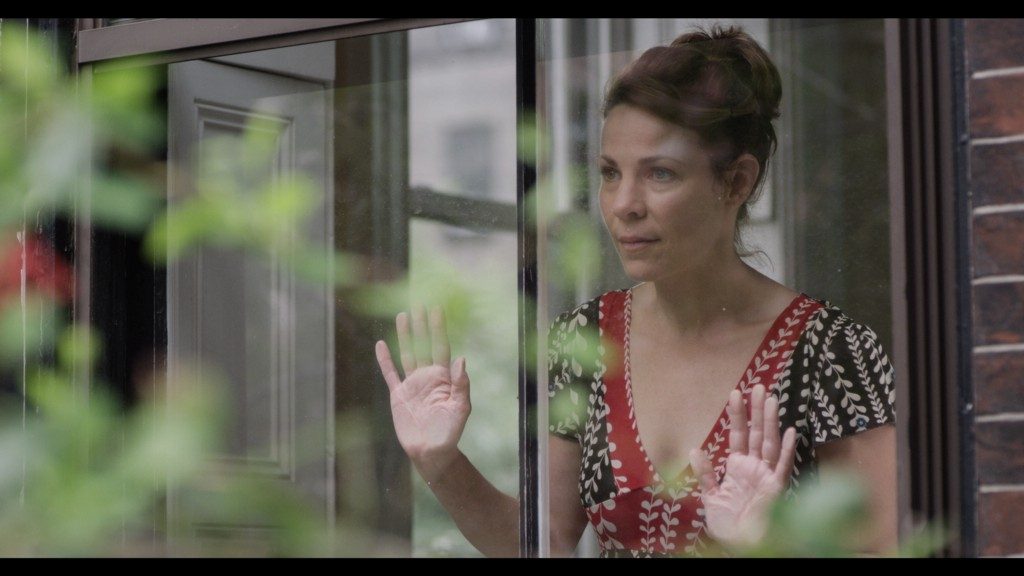Alex Sichel (Writer, Director) directed the feature “All Over Me”, released by New Line, which UCLA’s Journal of Cinema and Media Studies named one of the top films by women directors. All Over Me won the Teddy Bear Award at the Berlin Film Festival and was nominated for many other awards, including the Grand Jury Prize at the Sundance Film Festival and the Open Palm Award. Alex’s short film, “Amnesia”, was distributed worldwide, won top honors at numerous festivals, and was a recipient of the Princess Grace Award, the New Line Cinema Award and a Cine Golden Eagle. Alex created a segment of the three-part If These Walls Could Talk 2 for HBO, starring Michelle Williams and Chloe Sevigny. “If These Walls Could Talk 2” won the Glaad Media Award for Outstanding Television Movie and was nominated for four Emmys. Alex worked in documentary, experimental films and videos, shorts, features and television as a writer, director, producer and editor. She also taught for many years at Columbia University’s Graduate Film Division as well as at NYU’s Tisch Graduate Film Program. She passed away in 2014.
Elizabeth Giamatti is a partner at Touchy Feely Films, where she has produced three independent features since 2006. Both “Pretty Bird” (written and directed by Paul Schneider and released by Paramount) and “Cold Souls” (written and directed by Sophie Barthes and released by Samuel Goldwyn) were entries in the Sundance Film Festival Dramatic Competition. “All Is Bright” (directed by Phil Morrison and written by Melissa James Gibson) premiered at the Tribeca Film Festival in 2013 and was released by Anchor Bay in October, 2013.
“A Woman Like Me” will premiere at the 2015 SXSW Film Festival on March 16.
W&H: Please give us your description of the film playing.
EG: “A Woman Like Me” is a hybrid documentary that interweaves the real story of director Alex Sichel, diagnosed with metastatic breast cancer in 2011, with the fictional story of Anna Seashell (Lili Taylor), who tries to find the glass half full when faced with the same diagnosis. The documentary follows Alex as she uses her craft as a filmmaker to explore what is foremost on her mind while confronting a terminal disease: parenting, marriage, faith, life, and death.
W&H: What drew you to this story?
EG: Alex and I both wanted to try to explore some of the big and scary things that confront us all as we get older, most specifically this terrifying thing that was staring Alex in the face. Also, my mother had died of breast cancer a couple of years before Alex was diagnosed, and I think Alex and I both felt like we wanted to try to explore something personal and hard on film.
W&H: What was the biggest challenge in making the film?
EG: There were two, really: One was trying to figure out how to raise money for an idea that was difficult to explain on paper. In the end, we cobbled together enough money to shoot the fiction scenes so that we could put together a short sample to demonstrate what we were doing.
The other was trying to duck and dodge around the reality that Alex had limited time, though we had no idea how much. She was asymptomatic for almost the entire time she carried her diagnosis. But in a day-to-day way, she was juggling a lot, physically and emotionally and spiritually. Even though she was so very happy to be doing what she loved and using her craft to explore this very personal subject, I think she also sometimes felt overwhelmed. And that became a challenge within itself.
W&H: What do you want people to think about when they are leaving the theatre?
EG: It’s important for me to start a conversation about whether one’s imagination can help when you’re stuck between a rock and a hard place. Alex was using fiction to try to learn to live peacefully with a terminal disease, and I really hope — and Alex did too — that this idea of using one’s imagination to change your perspective — on any crappy situation — can start to take root. While this project was evolving, we used to say all the time something that Alex’s Buddhist teacher would say: “Blink, and it’s a whole new world.”
W&H: What advice do you have for other female directors?
EG: Try really hard not to be intimidated, and if you are, try to ignore those feelings.
W&H: How did you get your film funded? Share some insights into how you got the film made.
EG: We started with a little bit of our own money — a generically bad idea, but we did it anyway — because we thought it would be virtually impossible to explain to possible funding sources what this film would be like. Even once we figured out for ourselves what we were trying to do, I still had this inner skeptic’s voice, what I heard as funder’s voice, saying, “Yes, but is it going to work?” And I could imagine that, from their perspective, it would be pretty hard to understand how or why just on our say-so.
After we shot some interviews and the fiction, we put together a four-minute sample which, mercifully, allowed us to raise other money — at first from small foundations and individuals, and eventually from film-specific funds as well.
W&H: Name your favorite woman-directed film and why.
EG: Right now, it’s Agnes Varda’s “The Beaches of Agnes,” which was a great inspiration for us for this particular movie. We both loved so much how playful she was in that film, and how she seemed to create her own rules as she went along.







